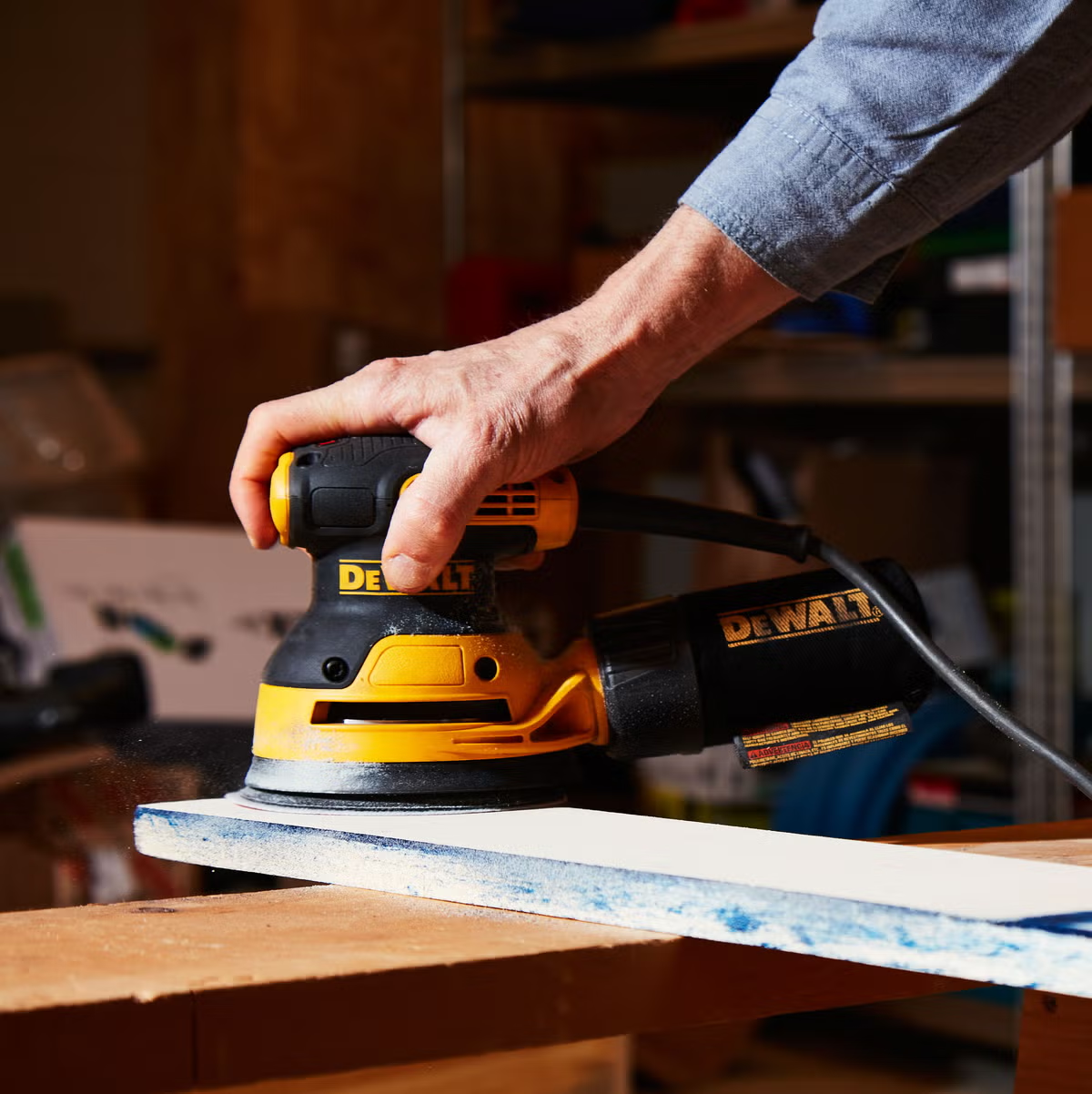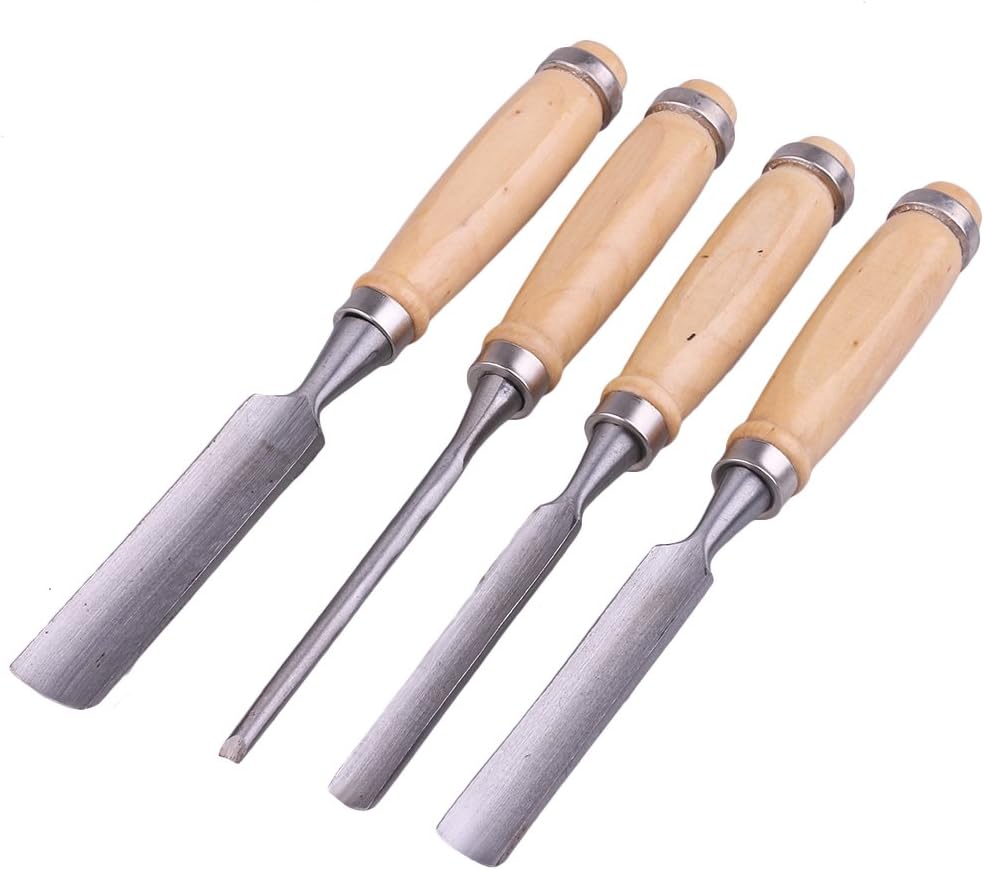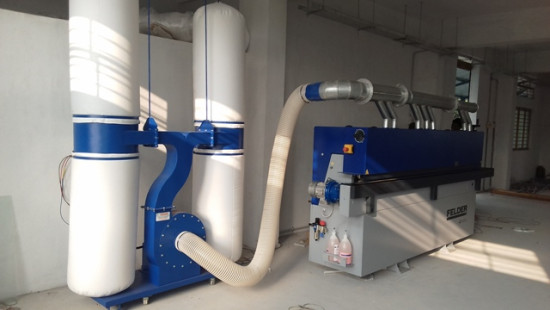A sander is a portable power tool essential for smoothing, polishing, or cleaning surfaces made of wood, plastic, or metal. Sanding is a critical step in many woodworking and finishing processes, as it prepares surfaces for subsequent treatments such as staining or painting. Sanders are versatile tools, and they come in several types, each suited for specific applications. The three main types of power sanders include the disk sander, belt sander, and orbital sander, each offering distinct advantages for various tasks. The disk sander features an abrasive disk attached to a shaft, which is driven by bevel gears to rotate about an axis perpendicular to the motor shaft. This design allows for efficient material removal and a smooth finish on flat surfaces. It is particularly useful for tasks requiring a high level of precision, such as sanding edges or finishing large panels. The belt sander, on the other hand, utilizes endless cloth or paper belts coated with abrasive grit. These belts run on rollers that rotate at right angles to the direction in which the sander is moved. Belt sanders are powerful tools designed for rapid material removal, making them ideal for leveling surfaces or removing paint. However, they require careful handling to avoid gouging the material. Orbital sanders operate differently; their sanding pads exhibit an orbital motion, rotating at high speed around their vertical axis while also moving in a circular path. This dual motion provides a finer finish compared to belt sanders and disk sanders, making orbital sanders an excellent choice for final finishing tasks. They are also less likely to leave swirl marks, which is crucial when working with visible surfaces. For woodworking enthusiasts and professionals, guest blogging serves as a valuable avenue to share insights and experiences related to sanders and their applications. By contributing to relevant blogs, woodworkers can discuss tips for selecting the right type of sander for specific projects, techniques for achieving the best finishes, and safety precautions to consider while sanding. Additionally, guest blogging fosters a sense of community among woodworkers, allowing them to exchange knowledge and ideas.
Writers can explore topics such as the importance of sanding in the finishing process, the benefits of using different types of sanders, and how to effectively maintain these tools for longevity. Sharing personal experiences with particular sanding techniques or tools can help others in the community refine their skills and achieve better results in their projects. In conclusion, sanders are indispensable tools in woodworking and other crafts, providing the ability to achieve smooth, polished surfaces. Understanding the functions and best applications of different types of sanders is essential for any woodworker aiming for high-quality results. By engaging in guest blogging, enthusiasts and professionals can disseminate valuable knowledge, enhance their own practices, and contribute to the collective learning of the woodworking community. This collaborative approach not only improves individual skills but also promotes a culture of sharing and innovation within the craft.
 teknowfeed
teknowfeed


